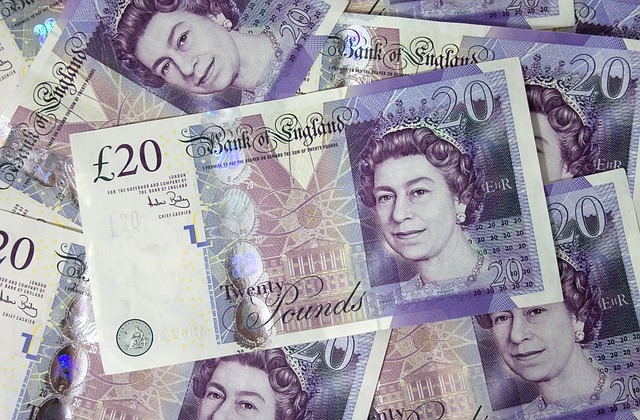Introduction
- This is our approach to all articles.
- In the Autumn 2021 budget, chancellor Rishi Sunak confirmed that dividend tax would rise by 1.25 percentage points from 6 April 2022 to tackle the current social care crisis.
- The government has addressed this by increasing the rates of dividend tax by the same amount as the levy (i.e., 1.25%) to ensure that people who take dividends rather than a salary contribute towards the cost of social care.
- The increase in dividend tax starts from 6 April 2022.
- This is done a year before the start of the HSCL and at the same time as the temporary 1.25% NICs increase comes into effect.
- There is still time to review tax year 2021/22 profit extraction policy and take steps to minimise taxes.
The Rates
All individuals receive a dividend allowance in addition to their personal allowance. For 2021/22, this is set at £2,000. Dividends which are sheltered by the allowance are taxed at a zero rate.
| Income tax band | Dividend tax rate 2021-22 | Dividend tax rate 2022-23 | Effective Increase in % |
| Basic rate | 7.5% | 8.75% | 14.29% |
| Higher rate | 32.5% | 33.75% | 3.7% |
| Additional rate | 38.1% | 39.35% | 3.18% |
Impact on Earnings and Planning
- The impact of this is that if the same profit extraction policy is followed in 2022/23 as in 2021/22, for every £10,000 of dividends paid in excess of the dividend allowance and the personal allowance, an additional £125 of tax will be payable in 2022/23 compared to in 2021/22.
- Dividends are paid out of retained profits. These are profits on which corporation tax has already been paid. Dividend can only be paid if there are sufficient retained profits from which to pay it.
- Assuming that there are sufficient retained profits, it may be worthwhile paying further dividends before 6 April 2022 to take advantage of the lower dividend tax rates applying for 2021/22.
- This is likely to be beneficial if not all basic rate band have been used.
- In a small family company, it may also be worthwhile paying additional dividends to family members to further benefit from the 2021/22 rates.
- However, in determining whether this is worthwhile, it is also necessary to consider whether paying higher dividends in 2021/22 will push those dividends into a higher tax bracket, negating the tax-saving benefits.

